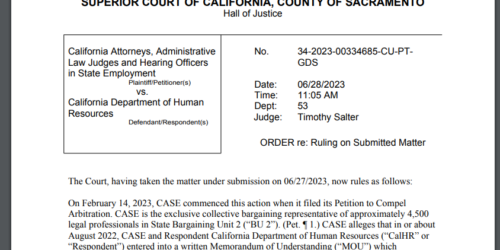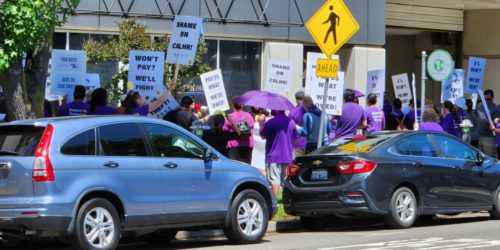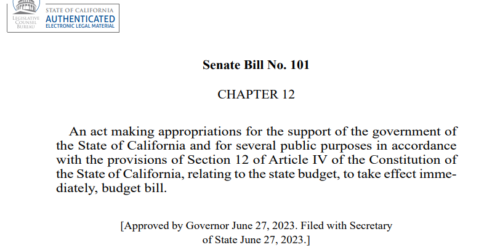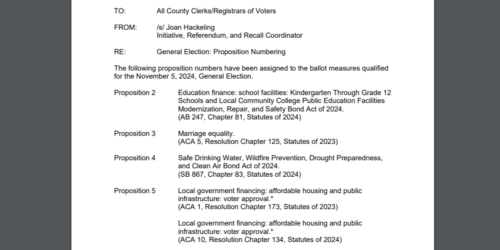Weekly Brief for July 16, 2024
New Law in effect January 1, 2025: Consumer nondisclosure agreements all void
The Governor signed this week Assembly Bill 1900 (Stats. 2024, Ch. 89) that provides in full:
Any provision in a contract or agreement that prohibits a consumer from publishing or making statements about the business as a condition of receiving a partial or complete refund or any other consideration or thing of value is contrary to public policy and shall be void and unenforceable.
This is set to go into effect on January 1, 2025. After that date, no agreement can be enforced against a consumer writing or speaking out about a business, and any previous such agreements will be void.
High heats and fire worries expected for the next week
According to emergency management sources:
- There are 18 active fires in the state presently burning just over 100,000 acres.
- The state is forecast to begin heating up again starting Thursday, July 18, 2024. Additionally, there are strong indications both from the NWS Climate Prediction Center and multiple models, that another excessive heat event will occur starting on or around next Saturday, July 20, 2024, with the greatest impacts occurring in the southern half of the state. Exact timing and intensity of the heat are still being determined but long-term models have the heat continuing into August.
- New fire starts will likely experience moderate to rapid spread with all fuels being dry, particularly those below 6,000 feet in elevation. Existing fires may grow more intense and experience rapid growth this week due to the alignment of temperature, wind, and dry weather. Potential energy for fires is near historical highs. Winds are expected to remain locally breezy at times into the weekend.
- There will remain a slight risk of additional thunderstorms or dry lightning this week for the eastern Sierra Nevada mountains and far Northern California coastal mountains. Due to the extremely dry conditions, any lightning strike that hits vegetation, has the potential to cause a new fire. Due to the number of existing fires in the state and western United States, a reduction in available resources for initial attack and continuing fire suppression currently exists, potentially hampering response to additional fires starts.
- Transmission lines near fires have the potential to be de-energized for responder safety. Currently there are no projected impacts to the transmission system due to lines near active fires.





